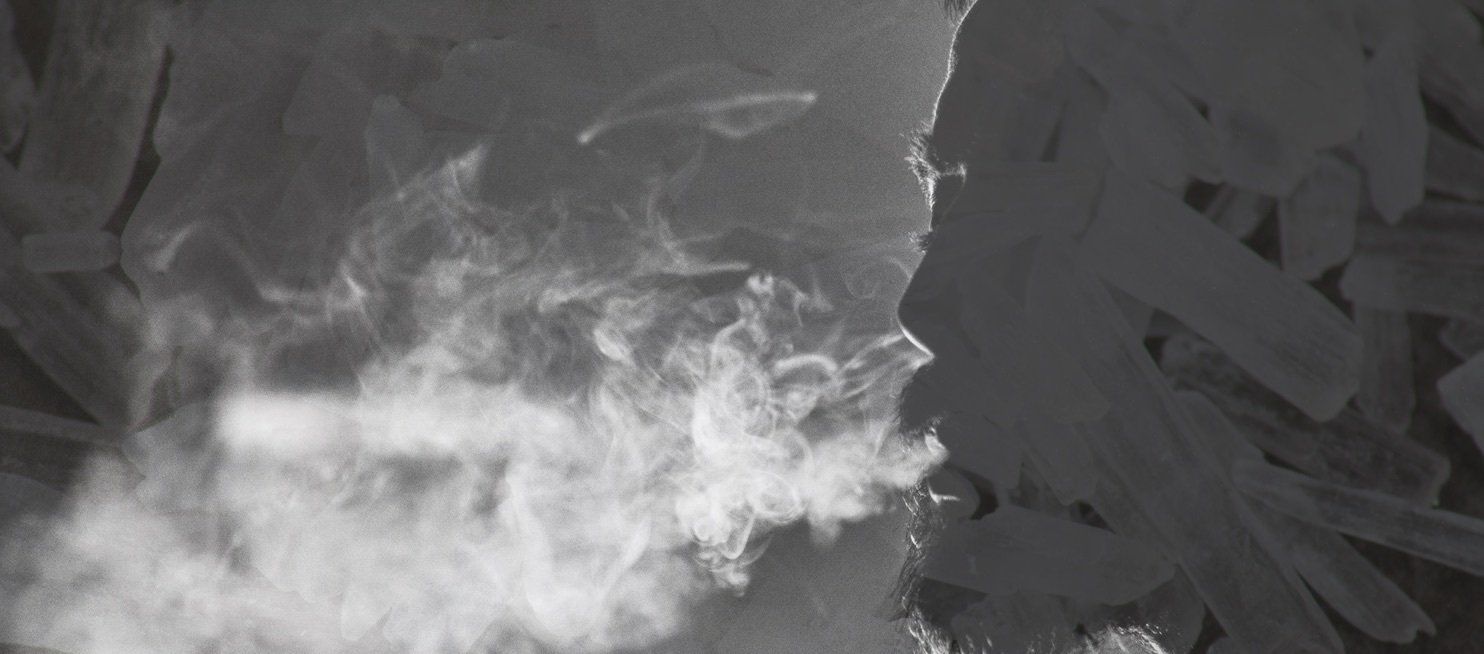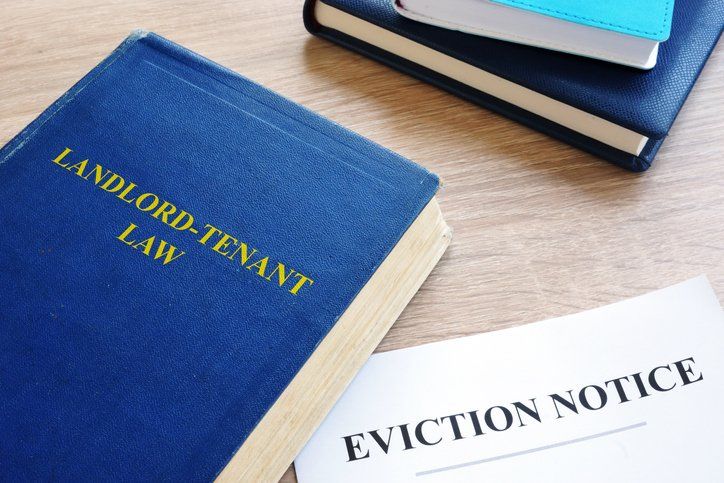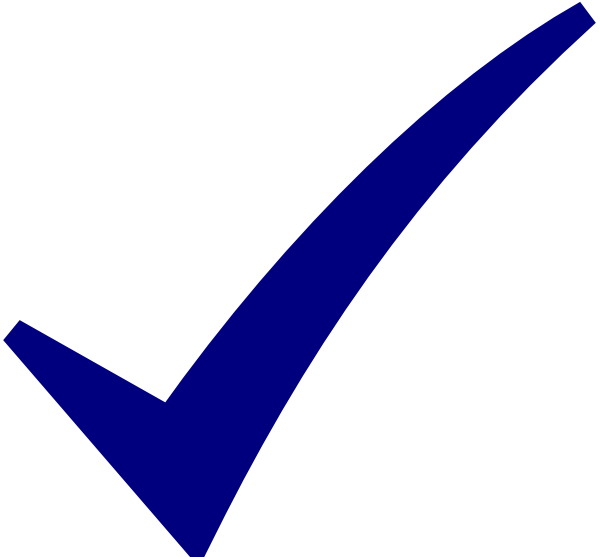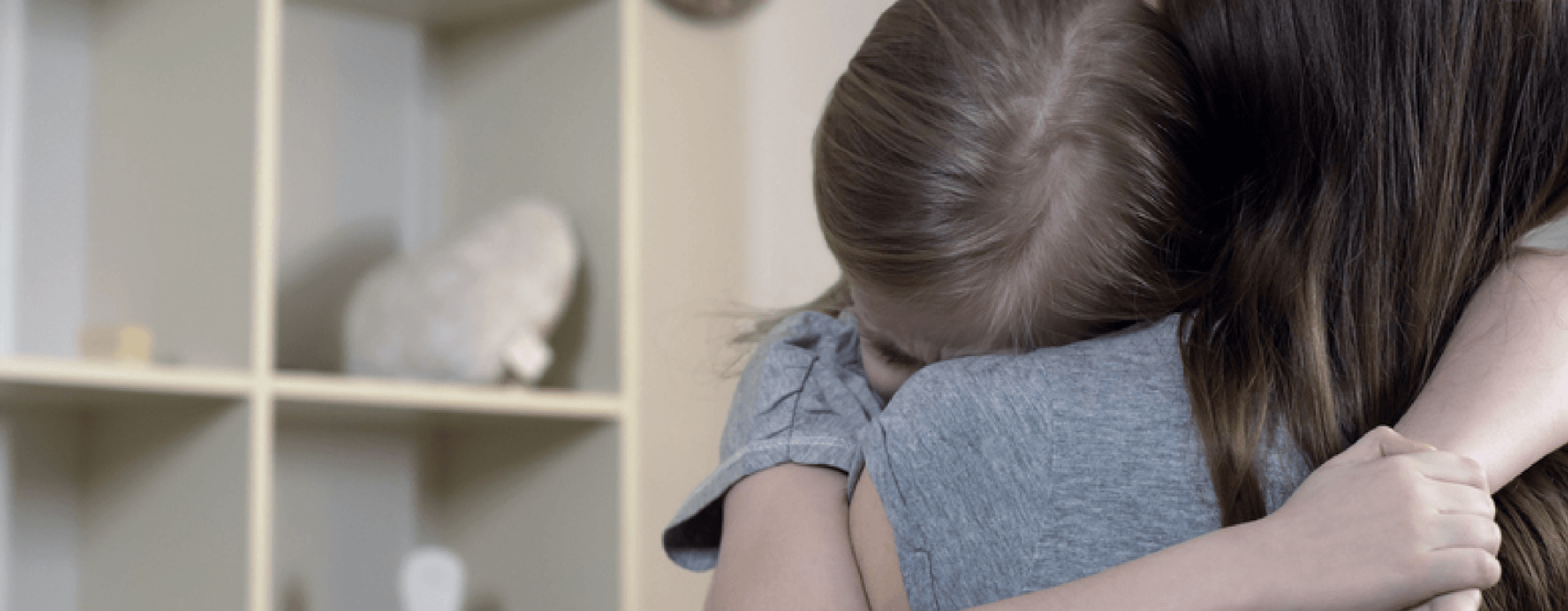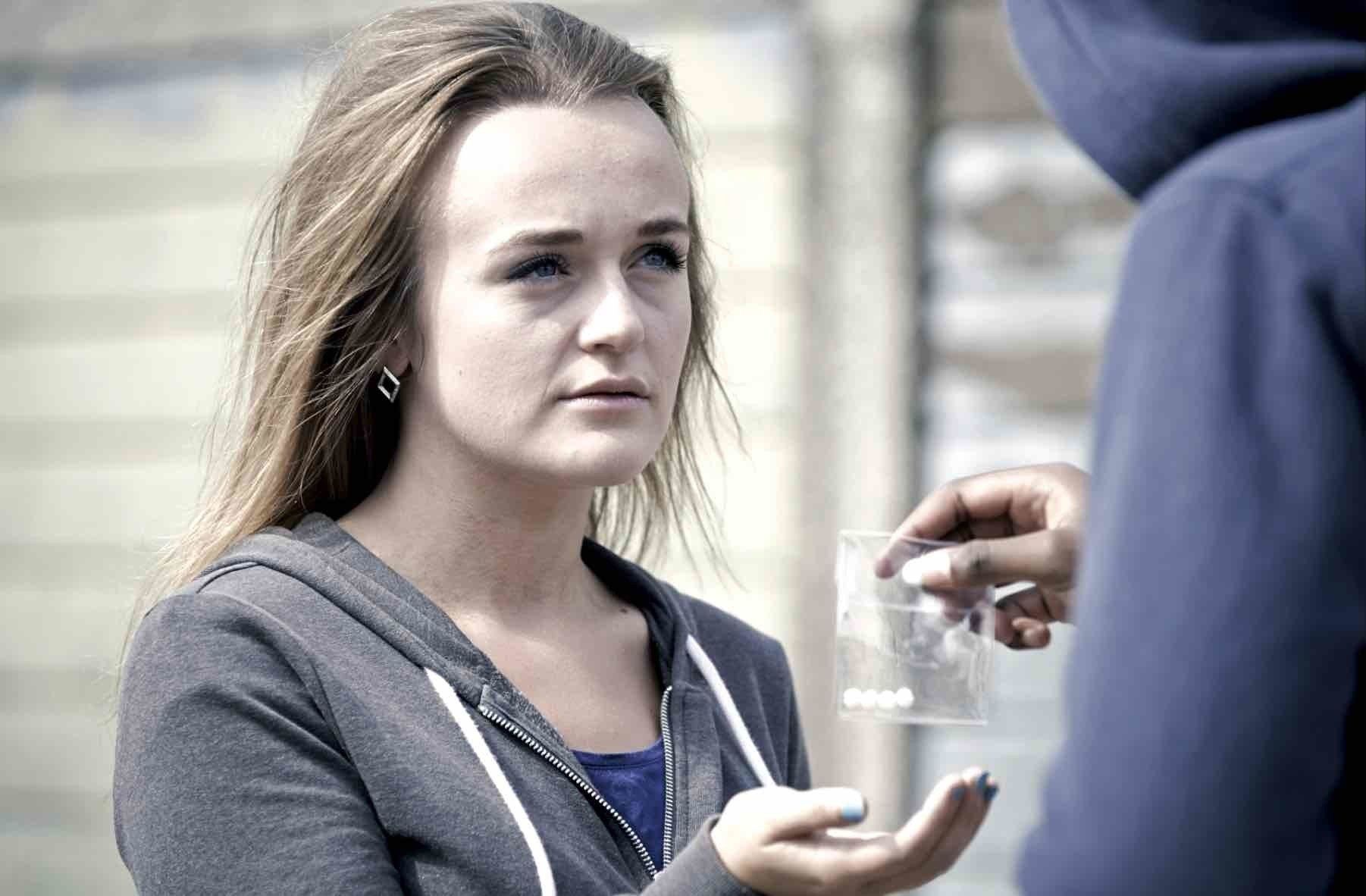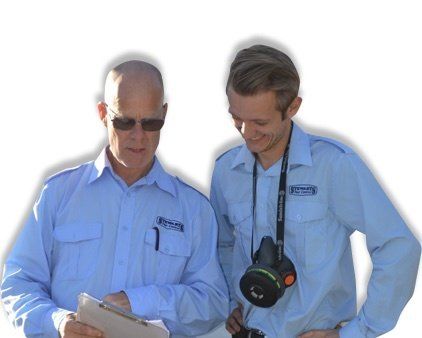Australian Code of Practice
The Health Risk of Meth Contamination and Dr Jackie Wright’s Case Study
The Health Risk of Meth Contamination and Dr Jackie Wright’s Case Study
The adverse health effects of living within a methamphetamine-contaminated property are consistent. The impacts we are seeing are respiratory, cognitive and behavioural. These effects have included persistent cough, asthma-like symptoms, trouble sleeping, ADHD, decreased memory function, skin rashes, watery eyes, dizziness and blurry vision—the list goes on. Children tend to be more at risk of being affected by meth contamination as they play regularly coming into contact with walls, floors and other surfaces. These effects have been noted in a family who have been studied after unknowingly purchasing and living in a home that was a former meth lab.
Dr Jackie Wright is one of the leading environmental risk scientists researching methamphetamine contamination and its risks. She has spent roughly 7–8 years researching and completed her PhD in the area. She is still continuing her research to gather more evidence.
This study was conducted on a Victorian family who purchased a home that was a former meth lab. This study highlighted the importance of testing/screening for meth and decontamination if necessary. The case study outlined when the family purchased the home in October 2013. Previously that same year, the house was owned by an individual who had methamphetamine manufacturing equipment and chemicals in the same property. The police seized the equipment and chemicals, and the owner was arrested. From here, the police followed the standard procedures, notifying the local council, indicating that the home was a former drug lab and posed a potential health risk to anyone living or going inside the home. The council issued a notice to clean up the property; however, the cleanup was not performed. It was not stated why the cleanup was not performed. This was when an innocent family of five purchased the home. Standard pre-purchase inspections were completed, but a former lab was not detected. This indicates that they did not request a methamphetamine test to be carried out, unknowingly putting their family at risk. This was a meth lab that has easily slipped through the cracks, only to be picked up on months later. Seven months had passed by when, in May 2014, the local council advised the owners that their home was a former drug lab. The family had been living in the home during this time. It was between May and October 2014 when environmental testing was carried out in the house. The results revealed methamphetamine residue on surfaces inside the family home ranging from 11.7–26.0 µg/100 cm squared. This is way above our Australian Guidelines of 0.5 µg/100 cm squared. Because of the high levels of contamination, the family was required to vacate their home in March 2015.
This short time when the family was living in the home resulted in adverse health effects consistent with a persistent cough, asthma-like symptoms, trouble sleeping, ADHD, decreased memory function, skin rashes, watery eyes, dizziness and blurry vision. Specifically, the youngest child, whose age was just seven years old, had effects including a persistent cough, asthma-like symptoms, trouble sleeping, fearfulness, vivid/scary dreams, irritability, anxiety, somatization, ADHD, skin rashes, sore and watery eyes. All members of the family were affected by the contamination. Sadly, the youngest children were most affected due to their playful nature, which included regularly playing games that involved rolling on floors, touching all types of surfaces and running their hands along the walls. A follow up of the family was noted where they stated that within 6 to 12 months after they vacated, they noticed that the respiratory effects, trouble sleeping, and behavioural changes were mostly resolved.
Will Jones presented to the Environmental Health Association in Perth, stating that it's not only meth labs causing these negative health impacts but the heavy smoking of meth as well. He reported that effects during pregnancy can include foetal distress, premature birth, cleft palates, withdrawal symptoms after birth and, sadly, even heart problems after birth. He also reported on the effects that infants and children experience, such as mental and physical development problems, abnormal sleep patterns, and neurological abnormalities, including autism-type behaviours and ADHD. We can see that these effects are consistent with the case study conducted by Dr Jackie Wright.It is worth noting that the residue levels of 11.7–26.0 µg/100 cm squared are very insubstantial readings when considering the data from Australian premises noted in the enHealth Guidance on Clandestine Drug Laboratories and Public Health Risks. The enHealth Guidance “Summary of Methylamphetamine Surface Residues in Former Clan Labs” provides evidence of contamination levels ranging from 0.03ug to 460.00ug in dining/family rooms, 0.05ug to 791.00ug in kitchens (including benches) and 0.04ug to 1400.00ug in sheds/garages.
If a tenant has created a lab in a rental property, and the property manager or landlord does not try to remediate the contamination or get the home tested, what kind of side effects could be experienced if contamination is in the hundreds or even thousands?
Will Jones also stated that “The current management of methamphetamine contamination within residential properties in Australia is almost exclusively based on detection of clan labs by law enforcement.” He then went on to explain that by their own admission, this means 90–95% of labs are going completely undetected and unaddressed.
Methamphetamine testing within Australian law enforcement is not new. But, to the everyday citizen, it is something very new. Countries such as New Zealand have recently instated standards where it’s “the norm” for a rental property to be tested when a tenant vacates. Or, if you’re purchasing a home, testing is added in with the pre-purchase inspections.
I feel its time that Australia steps up. We can see the health effects, and we have evidence of this. While we have guidelines, we need standards. Our sociality is still learning and understanding. But, the word needs to spread, and it needs to spread fast. Protect your loved ones, and make it known to them before they purchase a home or move into a new rental property.
To reinforce this, Will Jones also stated in his report that “A broader risk management program including baseline testing, property screening, methamphetamine-specific clauses in tenancy agreements, appropriate insurance policies, and professional remediation where necessary will be required to ensure positive outcomes for property owners and tenants into the future.”
To find out more information about meth contamination and the statistics on meth use in Western Australia, head to our Stewarts Drug Testings blog.
Copyright © 2019 Monique Stewart.KEY SOURCES:
Clandestine Laboratory Assessment and Management - WILL JONES - (September 2017) https://www.qed.com.au/sites/default/files/QED_Clandestine_Whitepaper_0.pdf
Adverse Health Effects Associated with Living in a Former Methamphetamine Drug Laboratory — 2015 https://www.cdc.gov/mmwr/volumes/65/wr/pdfs/mm6552a3.pdf
enHealth Guidance on: Clandestine Drug Laboratories and Public Health Risks (January 2017) https://www.health.gov.au/internet/main/publishing.nsf/Content/A12B57E41EC9F326CA257BF0001F9E7D/$File/Guidance-Clandestine-Drug-Laboratories-Public-Health.pdf
